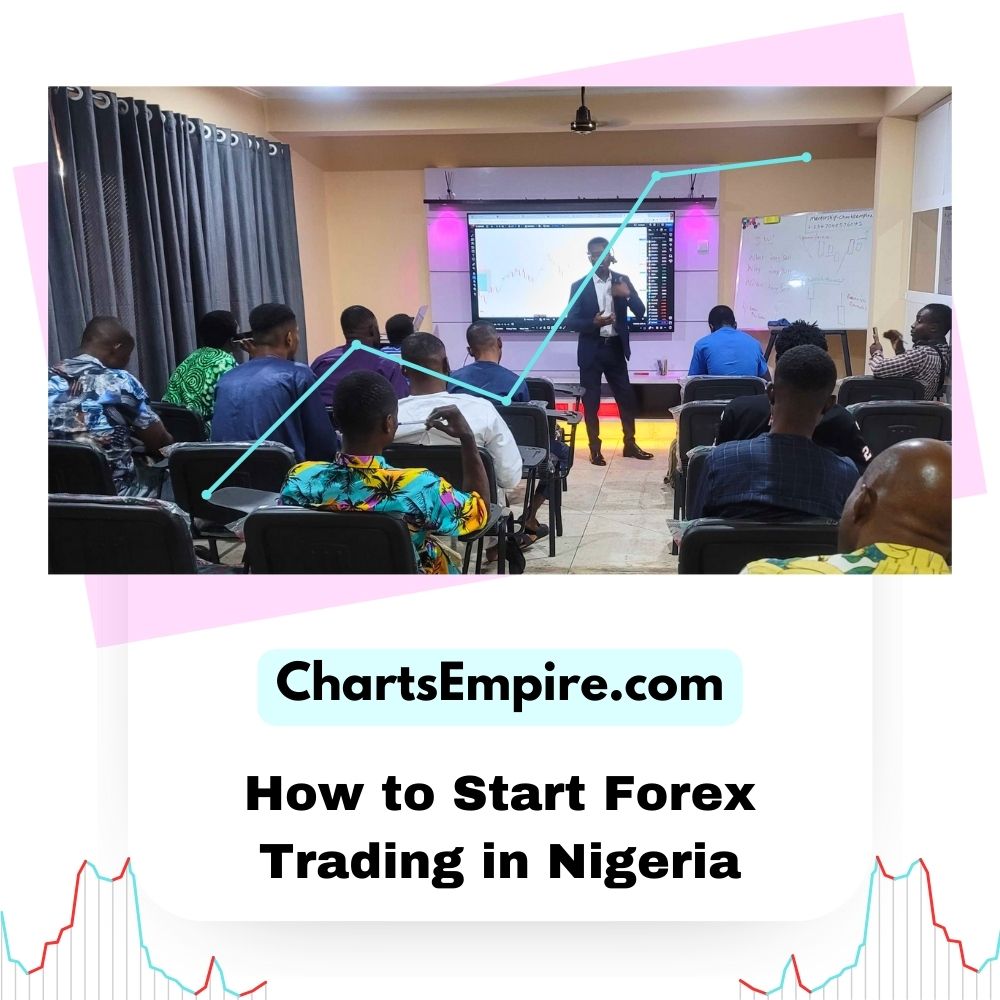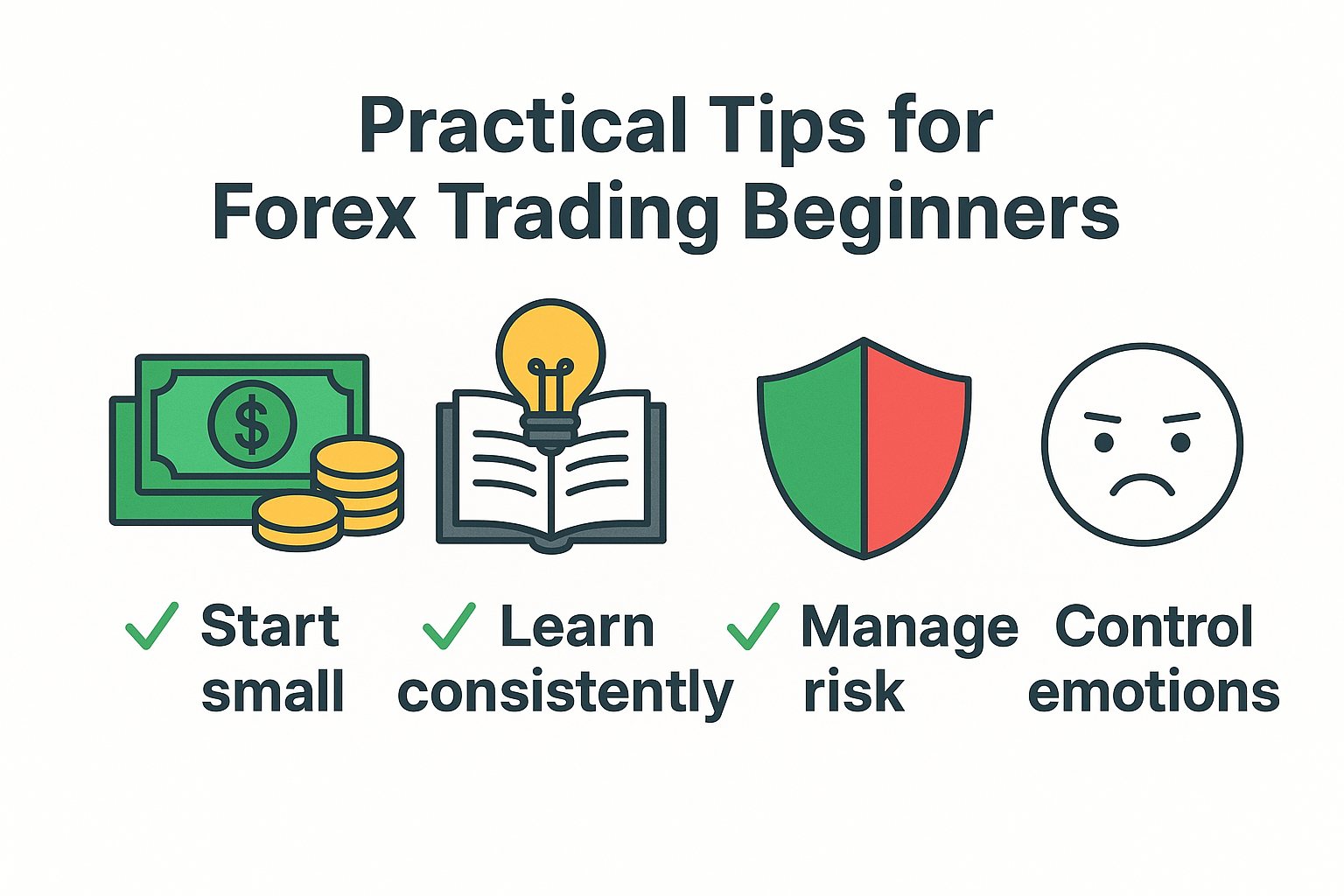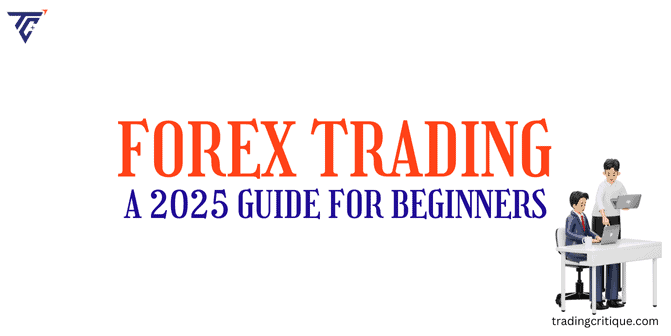When I first got curious about forex trading, I was overwhelmed. Charts, pips, spreads, leverage—it felt like learning a new language. I know what it’s like to sit there, wondering if you’ll ever really get it. But here’s the truth: if you follow the right steps and stay disciplined, you absolutely can.
Most beginners dive in without a plan and burn out fast. The biggest mistake I see? People jump into live trading without understanding how the forex market actually works. They pick the flashiest broker, skip learning analysis, and treat it like gambling. Sound familiar?
In this guide, I’ll walk you through the exact steps I used when I started trading in 2025. It’s the same approach I now recommend to every beginner who asks, “How do I start forex trading the right way?”
- Understanding how the forex market works (without jargon)
- Choosing a safe, beginner-friendly broker
- Using demo accounts to avoid rookie mistakes
- Building your first trading strategy
- Learning the basics of analysis and managing risk
By the end, you’ll have a practical roadmap—not just theory. This isn’t another “get rich quick” forex guide. This is the start of your trading journey, built on real knowledge, tested tools, and clear steps.

Understand the Forex Market
Forex Basics Made Simple
The forex market is where currencies are traded—think USD/EUR or GBP/JPY. It’s the biggest market in the world, open 24 hours from Monday to Friday. Every trade involves buying one currency while selling another.
You’ll hear words like “pip,” “spread,” and “leverage” a lot. A pip is the smallest price move. A spread is the difference between the buying and selling price. Leverage lets you control more money than you deposit—but it’s risky. I once used too much leverage early on and blew half my demo account. Lesson learned.
What Moves Currency Prices
Currency prices shift based on interest rates, economic data, and political events. For example, when the Federal Reserve raises rates, the U.S. dollar usually gains strength. You don’t need to be an economist, but understanding why things move helps you trade smarter.
When to Trade
The market runs in sessions: Asian, London, and New York. I like to trade during the London-New York overlap—there’s more volume and better price action. Try a few and see what fits your schedule.

Pick a Reliable Broker
Why Regulation Matters
Never, and I mean NEVER, trade with an unregulated broker. I check if a broker is registered with trusted bodies like the FCA (UK) or the CFTC (US). These regulators protect your funds and keep things fair. If you can’t verify it, walk away.
What I Look for in a Broker
I always check spreads, deposit/withdrawal methods, platform stability, and customer support. I’ve had to live chat a broker in the middle of a fast-moving market—responsive support *matters*. Bonus points for brokers offering free education and a clean mobile app.
Try Before You Buy
I strongly recommend starting with a demo account. It’s like flight simulation for traders. You’ll get the same charts and tools, but with zero risk. I used my demo for a full month before going live, and it saved me hundreds of dollars in mistakes.
| Feature | MetaTrader 4 (MT4) | cTrader |
|---|---|---|
| Ease of Use | Beginner-Friendly | More Advanced |
| Custom Indicators | Thousands Available | Limited |
| Mobile App | Yes | Yes |
| Best For | New Traders | Experienced Users |
Open a Demo and Live Account
Demo Trading Done Right
Your demo account isn’t just for “playing around.” Use it to build habits. I practiced placing limit orders, adjusting stop-losses, and reading candle patterns. I treated it like real money. That mindset helped me gain confidence fast.
Going Live, The Smart Way
Once you’re ready, go live—but start small. My first deposit was just $100. I focused on survival, not profits. Use 1% risk per trade or less. Don’t rush. The goal is to *learn to stay in the game*, not hit jackpots.

Platform Setup Tips
I use MetaTrader 4. I like how easy it is to set up charts, add indicators, and manage trades. It felt complicated at first, but YouTube tutorials helped. Make sure your charts are clean and don’t overstuff with indicators. One RSI and moving average is plenty.
Build Your Trading Strategy
Choose Your Trading Style
Every trader needs a style. I started with swing trading—holding trades for a few days. Scalping felt too stressful, and position trading too slow. Try them out and see what feels right for you.
Write Your Plan
This changed everything for me. I wrote down my risk rules, when I trade, and what setups I look for. No plan = random results. My plan kept me from chasing bad trades or overtrading when bored.
Backtest Before You Risk Real Money
Backtesting means running your strategy on past data. I used TradingView’s replay tool to test my entry and exit rules. If it doesn’t work in the past, it probably won’t work live. Trust the data, not your gut.

Common Beginner Mistakes
Overtrading and Revenge Trades
After a loss, I used to double down just to “make it back.” Don’t do this. Take a break. Review the trade. Getting emotional only leads to more losses. Stick to your plan.
Risking Too Much
Using 10% of your account on one trade? That’s gambling. I learned the hard way—losing 30% of my capital in a week. Keep it small. Your goal is to stay alive and learn, not get rich overnight.
Following Hype
I once entered a trade just because someone said “EUR/USD is about to explode” on Reddit. It tanked 40 pips. Trust your own research. Learn to trade with facts, not FOMO.
Learn Analysis: Technical & Fundamental
Technical Analysis: The Trader’s Toolkit
Technical analysis is all about reading charts. I started with the basics: support and resistance lines, trendlines, and candlestick patterns. Indicators like RSI (Relative Strength Index) and moving averages helped me spot good entry points. My first “aha” moment came when I noticed price bouncing off support for the third time—it clicked, and I finally saw the pattern.
Don’t overload your charts. Start with just one or two indicators. Focus on understanding price movement. That’s what really matters.
Fundamental Analysis: Watching the News
Fundamental analysis focuses on the big stuff—interest rates, employment reports, inflation data. When the Fed announces a rate hike, the USD often spikes. I’ve seen GBP/USD drop 100+ pips after a bad UK GDP release. Staying updated with economic calendars like Forex Factory helped me time trades better.
Combining Both Approaches
The best traders I know use both technical and fundamental analysis. For example, if I see a strong bullish setup on the EUR/USD chart and know that Eurozone data is due to release, I’ll wait for that confirmation. It’s all about stacking the odds in your favor.
Tools to Use
Charting and Analysis Platforms
I rely heavily on TradingView. It’s clean, fast, and beginner-friendly. The ability to replay past charts was a game-changer. MetaTrader 4 is my go-to for placing real trades, but for visual clarity, TradingView wins.
Economic Calendars and News Feeds
I check economic calendars daily. They show upcoming reports that can shake the markets—like Non-Farm Payrolls or CPI. I set alerts before major events so I’m never caught off guard. Most brokers also offer built-in news feeds, which is handy during fast-moving events.
Journaling Your Trades
I use a Google Sheet to track every trade—entry, exit, reason, emotion, result. This habit helped me spot patterns in my wins and losses. It sounds boring, but journaling is one of the fastest ways to grow. I wish I started sooner.
Execute and Review Your Trades
Placing Your First Trade
When you’re ready to go live, keep it simple. Use market orders if you want to enter instantly, or limit orders if you’re waiting for a better price. Always use stop-loss and take-profit orders. These protect you from disaster and lock in gains. Trust me—skip the stop-loss once and you’ll regret it.
Managing Risk Like a Pro
I follow the 1% rule. That means I never risk more than 1% of my account on a single trade. It keeps me in the game even after a losing streak. I also size my positions based on the distance between entry and stop-loss—this keeps my risk consistent.
Review and Improve
Every week, I sit down and review my journal. What worked? What didn’t? Did I follow my plan or go rogue? This reflection helps me make smarter choices and grow faster than just winging it.
FAQ
What’s the best forex broker for beginners in 2025?
Look for brokers regulated by trusted authorities like the FCA, ASIC, or CFTC. Choose one with low spreads, a simple platform (like MT4), and solid educational tools. Avoid those with huge bonuses or pressure to deposit big.
How long should I use a demo account before going live?
At least 1–2 months. Treat it like real money. Focus on building a routine and testing your strategy. Once you’re consistently profitable and emotionally steady, you can try live trading with a small amount.
Is forex trading still profitable in 2025?
Yes—but only if you approach it like a business. The market is more accessible than ever, but that also means more noise and false signals. Your edge comes from discipline, not luck.
What is the minimum amount to start forex trading?
You can start with as little as $50, but $100–$300 gives you more flexibility. Just make sure to use proper risk management and treat small accounts seriously.
Recap of Key Points
We’ve covered everything you need to know to start trading forex in 2025. From understanding how the market works, picking the right broker, and opening your first demo account, to building a strategy and managing risk—it’s all here.
Final Takeaway
Starting forex trading can feel overwhelming, but when you take it step-by-step, it becomes doable. I’ve been there. You don’t need to be perfect—you just need to be *prepared*. Start small, stay consistent, and learn from every trade.
Closing Thought
This journey is yours. The tools are here. The roadmap is clear. Whether you’re looking to build income, learn a skill, or simply challenge yourself—now you know exactly how to start. The next move is yours.
